Why You Need an Oak Tree in Your Backyard
Updated: Oct. 16, 2023
Just one oak tree provides shelter and food for hundreds of bird and butterfly species. Plus, it offers a shady escape in your backyard.
Ask a bird or butterfly expert to name the top three trees that attract wildlife, and oak is sure to make the list. North America is home to about 90 species of native oaks, but many of them are declining because of clearing and the introduction of nonnative species and diseases. Native trees offer incredible benefits for wildlife, so it’s more important than ever to plant an oak tree.
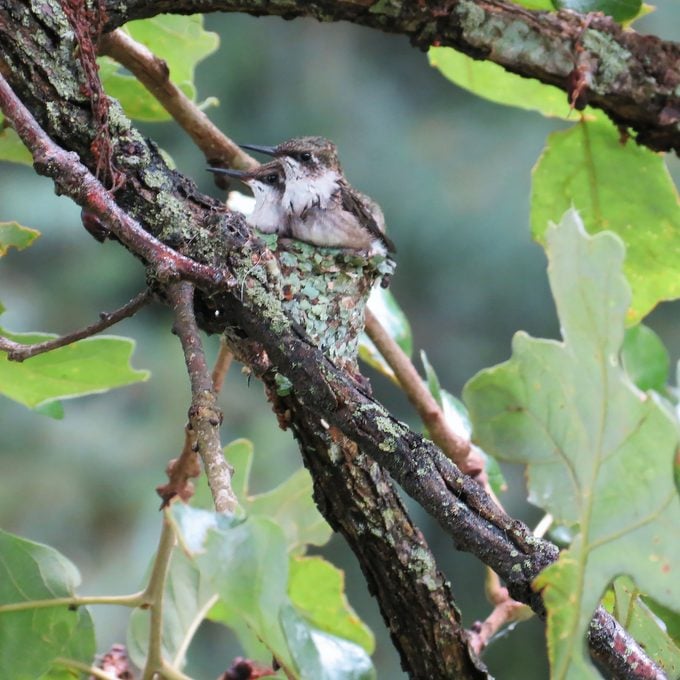
“We spotted a hummingbird nest in one of our oak trees in the backyard. As we sat on our back porch, watching it, we saw the momma feed these two little babies. I ran for the camera and got this shot,” says Birds & Blooms reader Karen Gerdes.
Check out the top trees and shrubs with berries for birds.
Oak Tree Wildlife Benefits
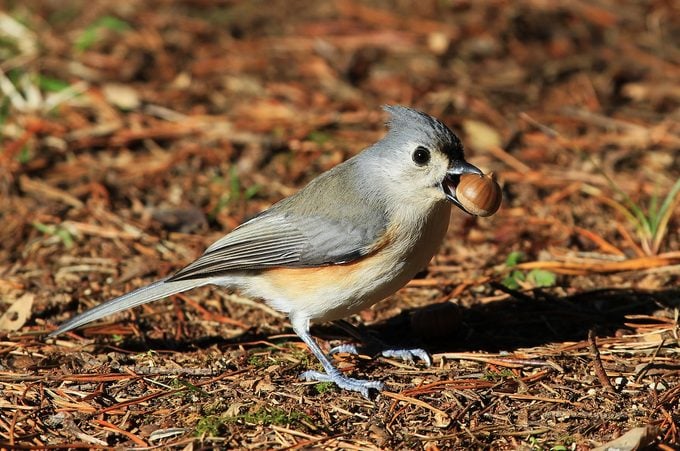
The oak is indeed mighty when it comes to providing for your favorite fliers. In California alone, more than 330 wildlife species, including acorn woodpeckers and yellow-billed magpies, depend on these trees for survival, according to the conservationists at Point Blue Conservation Science. In the mid-Atlantic region of the U.S., oak trees support about 530 butterfly and moth species, says Doug Tallamy, wildlife expert and author of Bringing Nature Home.
Looking to fill your yard with trees for birds? Consider adding a dogwood tree, too.
More Reasons to Plant an Oak Tree
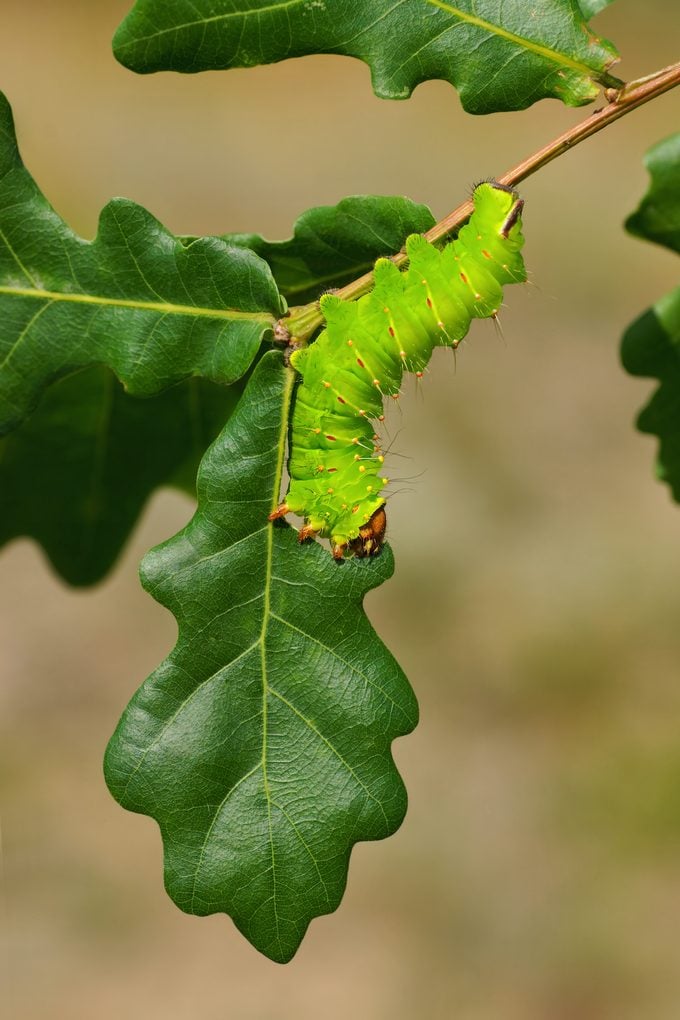
Doug and other experts agree that if you have room for only one shade tree in your yard, you should plant an oak. Once established, they live 200 years or longer. And it’s likely there’s a perfect species for your yard. Butterfly expert and educator Suzanne Tilton recommends choosing among natives to your region, as the oaks have evolved alongside the wildlife there and will support them the best.
Discover the best types of evergreen trees and how to care for them.
How and When to Plant an Oak Tree
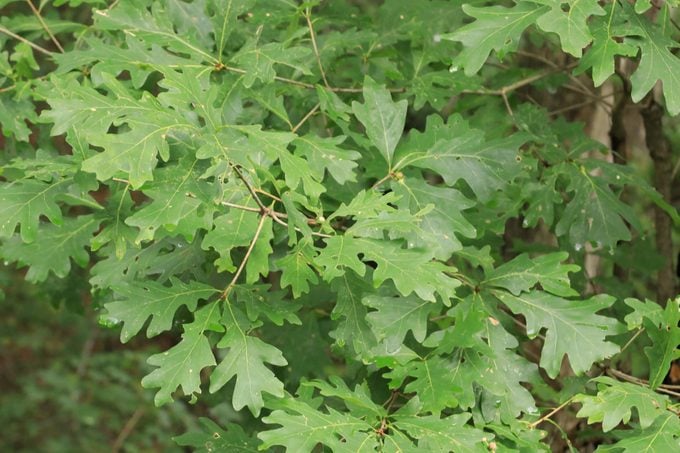
A well-planted oak tree is hearty, resisting diseases and insect infections, says Mary Fortmann, sustainable landscapes coordinator for Openlands in Chicago. But do your homework so you’re not buying species that are susceptible to problems in your area, such as sudden oak death in California and Oregon. Visit local nurseries or contact certified arborists who know about native oaks for suggestions. They’ll tell you, for example, that a pin oak requires acidic soil.
Once you’ve settled on the right species for your space, choose a spot that provides at least a half day of sun, as oaks require light to flourish. Mary suggests buying a young tree, no taller than 2 or 3 feet, in a 5- or 10-gallon container.
Before you plant a tree, here’s what you should know.
Though oaks have a reputation for growing slowly, that’s not entirely true. Rather, they begin growing underground, putting their energy into developing roots first. A few years later, the oak grows above ground more quickly, spreading out its branches to shade its surroundings. “The saying goes: First oaks crawl, and then they jump,” Mary says.
Plant in spring or fall. Dig a hole that is three times wider than the container, and loosen the soil. Place the tree in the hole, making sure the root flare (the part where the trunk widens at the base) is level with the surrounding soil. Plant the oak into the soil you have—no fertilizer needed.
Add leaf mulch annually to help suppress weeds and maintain moisture. The mulch should not be in contact with the bark. Don’t mound it up, creating what Mary calls the volcano or doughnut hole effect. During the first growing season, water about an inch a week unless it rains. “The key is low, deep and frequent watering,” Mary says.
Enjoying Your Oak Tree
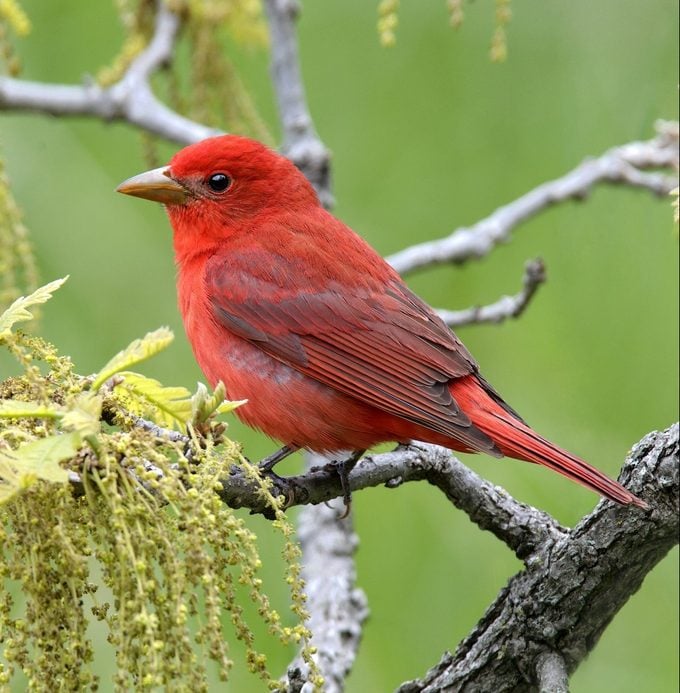
When the oak starts growing, you’ll notice wildlife using it at different times of the year. Adult butterflies lay their eggs on the leaves; caterpillars hatch and eat the leaves before creating their chrysalises and becoming adults. Many butterfly species such as the red-spotted purple spend the winter as caterpillars in oaks, while others overwinter as eggs. And some bird species even time their spring migration around the unfurling of oak leaves and the hatching of caterpillars.
One of Mary’s most favorite wildlife experiences is watching the activity in a giant bur oak tree at a local natural area in spring. “It’s like a bird hotel, alive with life—bluebirds, finches and warblers,” she says. Mary wanted to observe the same wildlife in her yard, so she grew a bur oak tree. “I like to imagine the people who will be enjoying it for generations to come,” she says. “The oak is a legacy tree.”
These are the fastest-growing trees for your landscape.
Fascinating Oak Tree Facts
These tidbits prove why oak trees are vital—and beloved. Plus, get a few more growing tips.
- In a vote hosted by the Arbor Day Foundation, the oak was crowned the national tree of the U.S. It got 101,000 votes; the redwood came in second with 81,000. Congress made it official in 2004. (Do you know the national bird and flower, too?)
- Acorns feed more than 100 wildlife species, such as deer, squirrels, chipmunks, rabbits, blue jays and wood ducks.
- A single oak tree may produce thousands of acorns each year, but only one in 10,000 acorns actually develops into a tree.
- Plan ahead! Before you plant, make sure the location you choose is big enough for the tree to reach 80 feet tall and wide. Oaks grow 13 to 24 inches per year.
Discover fascinating facts about conifer trees.
Best Oak Trees for Butterflies
Looking to have a backyard full of butterflies? Plant the Top 10 native oaks for them:
- Black (Quercus velutina)
- Bur (Q. macrocarpa)
- Chinkapin (Q. muehlenbergii)
- Gambel (Q. gambelii)
- Live (Q. virginiana)
- Pin (Q. palustris)
- Plateau live (Q. fusiformis)
- Southern red (Q. falcata)
- White (Q. alba)
Next, learn which trees you should never grow in your yard.




















